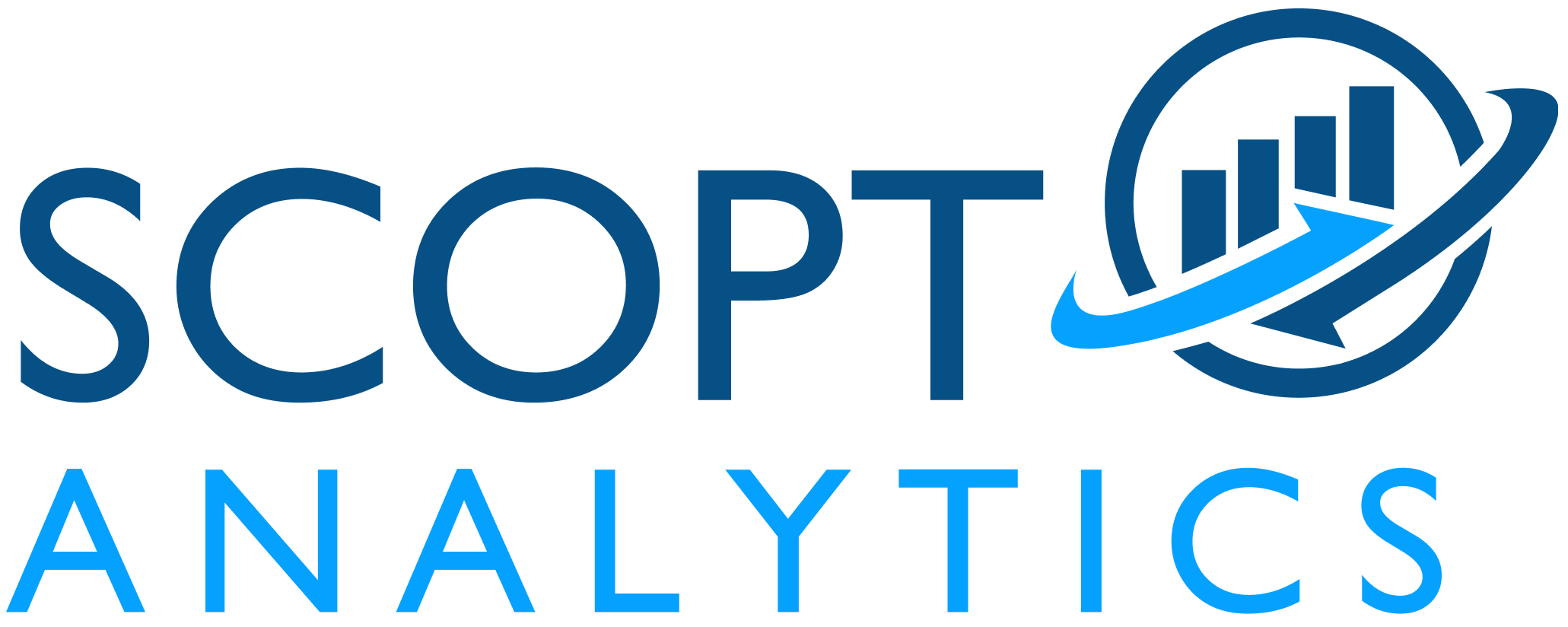
EMPOWERING DIGITAL TRANSFORMATION: KEY SUCCESS STORIES FROM OUR DIGITAL PORTFOLIO
India
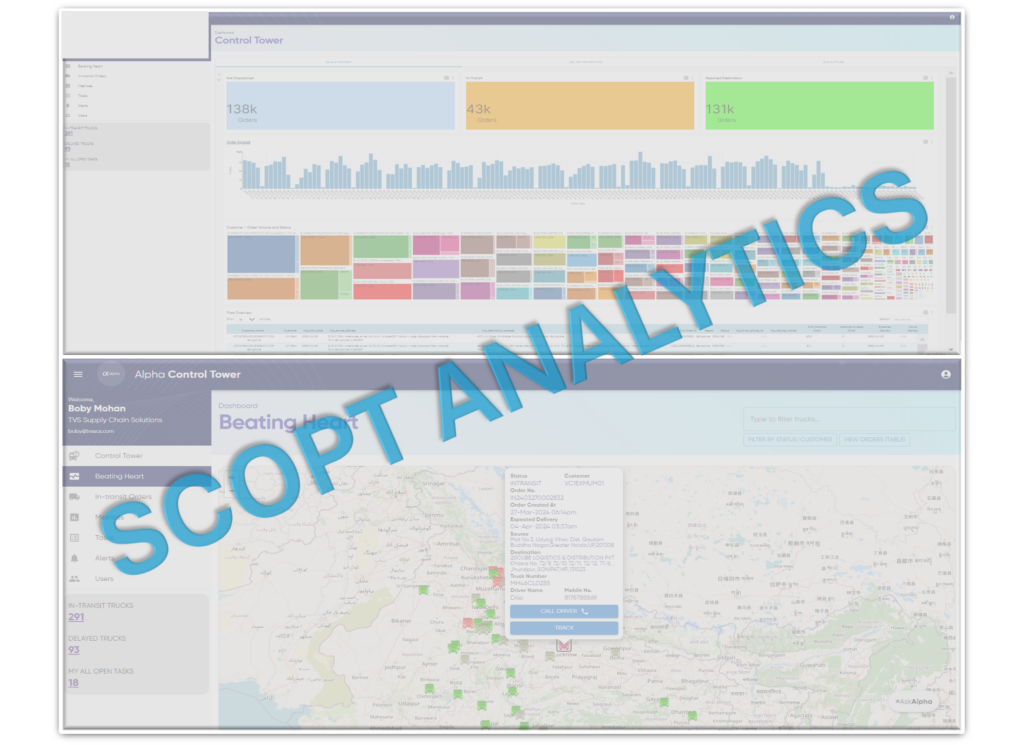
Industry: Third Party Logistics (3PL)
Business Challenge: A global logistics company in India, wanted a truly centralized view of its T&IL operations to be managed via a control tower application to highlight key metrics, view vehicle/trip status, manage exceptions, and take actions.
Solution: Developed and implemented control tower dashboards using the open-source BI tool Apache Superset to track trips, vehicles, and orders in real-time. Enabled vehicle tracking using Leaflet (OSM) and real-time vehicle pings from the Vehicle Tracking system. Brought together functionality to track and trace trips and contact drivers in real-time. Captured key metrics and created alerts against the SLA repository. Alerts are further used to trigger task creation for exceptions like delays, document expiration and speeding alerts, etc. Built MS Teams interface within the client network to communicate with project teams on the ground. Built interface with Freshdesk (incident management) portal to address escalated exceptions.
Business Results: The control tower application ensured real-time visibility, proactive exception management, enhanced collaboration, streamlined incident management, and optimized overall operations.
Global
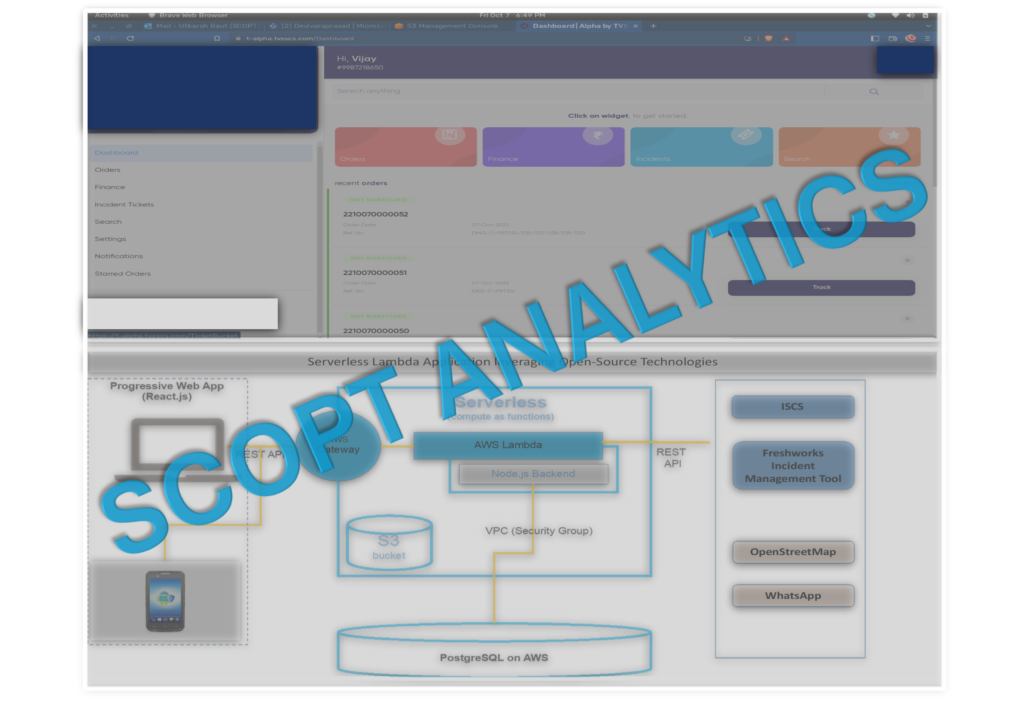
Industry: Third Part Logistics (3PL)
Business Challenge: A global 3rd party logistics services provider wanted to provide a single window into its T&IL operations for its end customers using a device-agnostic and form-factor agnostic ‘App’.
Solution: Customer Digital Platform (CDP) was conceptualized and designed as a multi-tenanted platform to support multiple customers of logistics services provider. CDP was developed and implemented as a progressive web application (PWA) with a primary focus on mobile form factor. CDP supports the following functionalities for end customers – global search, real-time order tracking, incident management, and invoice tracking. CDP integrates with multiple backend systems via APIs.
Business Results: CDP was launched successfully for 3PL’s global customers in India & UK.
India
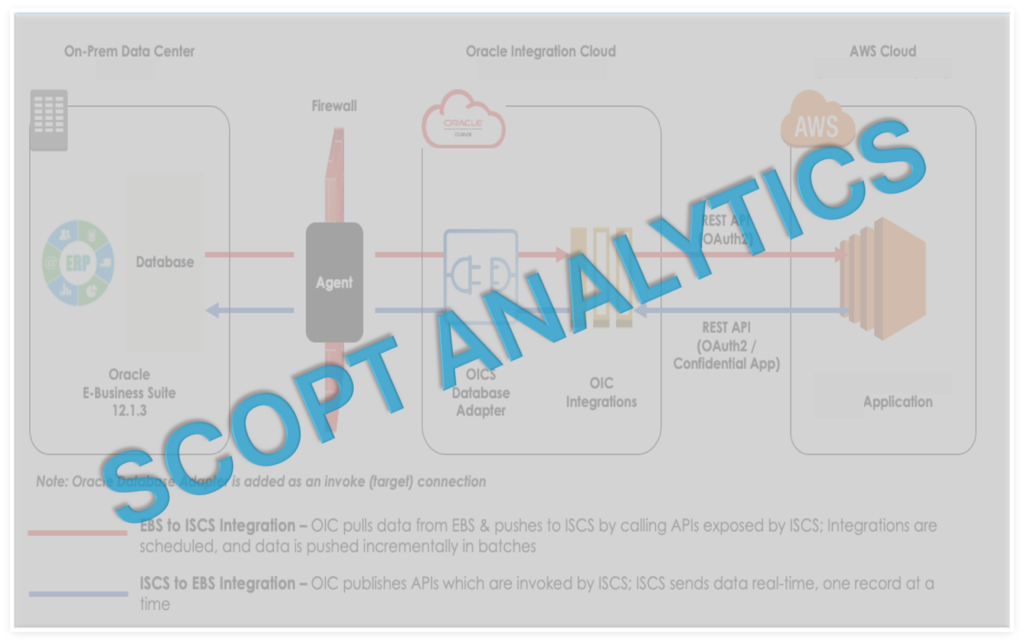
Industry: Hi-Tech
Business Challenge: A global copier and printer manufacturer wanted to integrate its Oracle EBS (On-Premise) with the cloud-based WMS of its 3PL partner to exchange business transactions for warehouse and transport operations.
Solution: Designed a solution to integrate On-premise Oracle EBS with cloud-hosted WMS using OIC as middleware. Developed and implemented a fully automated bi-directional integration to exchange business transactions (e.g. PO, SO, ISO, RMA, Spares, etc.,) for warehouse and business transactions.
Business Results: Hundreds of transactions are posted from Oracle EBS to WMS every day. WMS processes transactions received from EBS and updates the status back to EBS in real time. Business transactions and inventory are kept in sync between Oracle EBS & WMS
USA
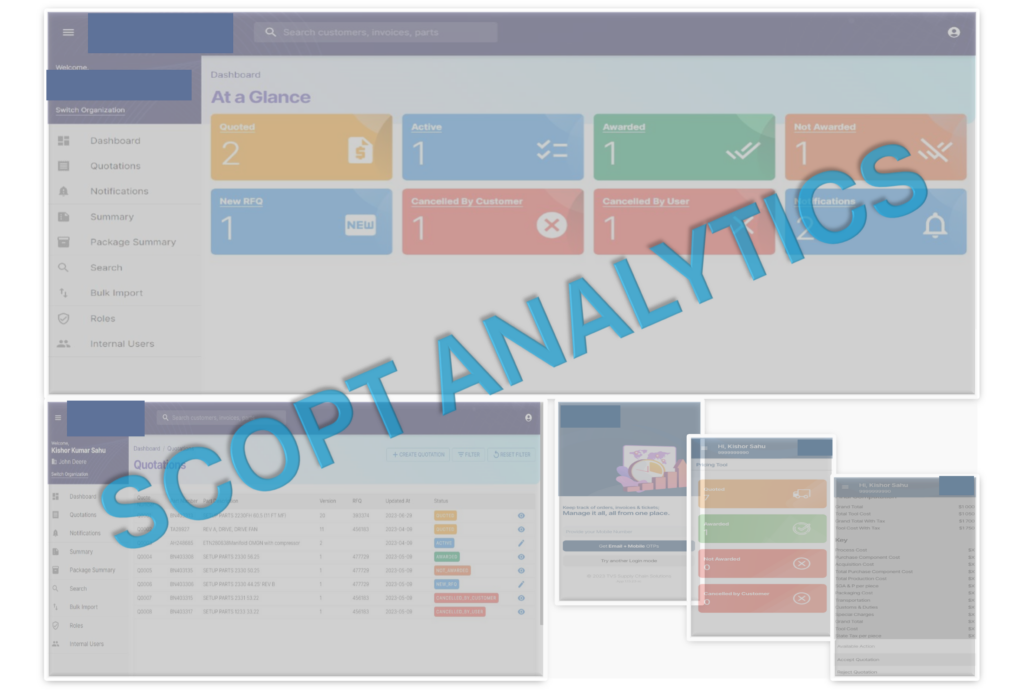
Industry: Third Party Logistics (3PL)
Business Challenge: A global logistics service provider in the USA wanted an automated quotation tool for its warehousing and assembly services.
Solution: Developed a quotation tool incorporating end-to-end workflow, and with a scalable interface to manage masters and transactional data, versioning and archival. Enabled multi-user access for capturing transactional data across multiple functional components like procurement, tooling, MTM studies, and taxes. Automated back-end computations to arrive at parent part quote with provision for editable fields for every child component data from BOM. Built Approval and review workflow within the tool and email notifications for traceability of changes.
Business Results: The quotation tool enabled customers to manage the quotation process end-to-end seamlessly
Global
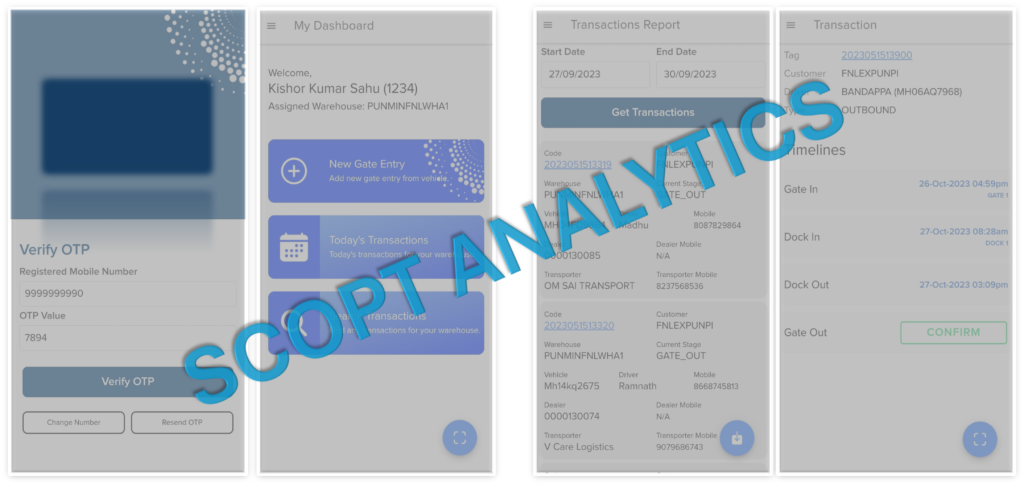
Industry: 3rd Party Logistics (3PL)
Business Challenge: A global logistics company faced difficulty in effectively tracking vehicle timelines and associated orders and inventory at the warehouse level, from gate entry to dock and gate exit. The existing process lacked robustness due to the absence of a centralized data store and integration with the Unified Data Model (UDM) and Warehouse Management System (WMS). Additionally, they required a fast mobile app compatible with handheld scanner devices for efficient scanning, processing, and updating in low-network environments.
Solution: We developed a Progressive Web App (PWA) using modern web technologies such as ReactJS and Ionic, powered by a NodeJS-based Express server hosted on AWS Lambda for scalability and cost efficiency. Data was securely stored in PostgreSQL and integrated with internal APIs to enable seamless data synchronization and real-time notifications. For user authentication, we implemented an OTP-based login to ensure security for internal users. The app also supports a multi-lingual interface, broadening accessibility and enhancing usability for a diverse user base across the organization.
Business Results: The new app led to a 60% improvement in internal user efficiency, allowing multiple users to onboard and process tasks without manual oversight. UDM analytics offered a comprehensive view of warehouse processes, highlighting optimization opportunities. Stage-level SMS notifications to vendors improved visibility into customer orders and logistics tracking. Additionally, deep system integration enabled automatic updates to SAP and WMS with real-time inventory data, further streamlining operations.
Global
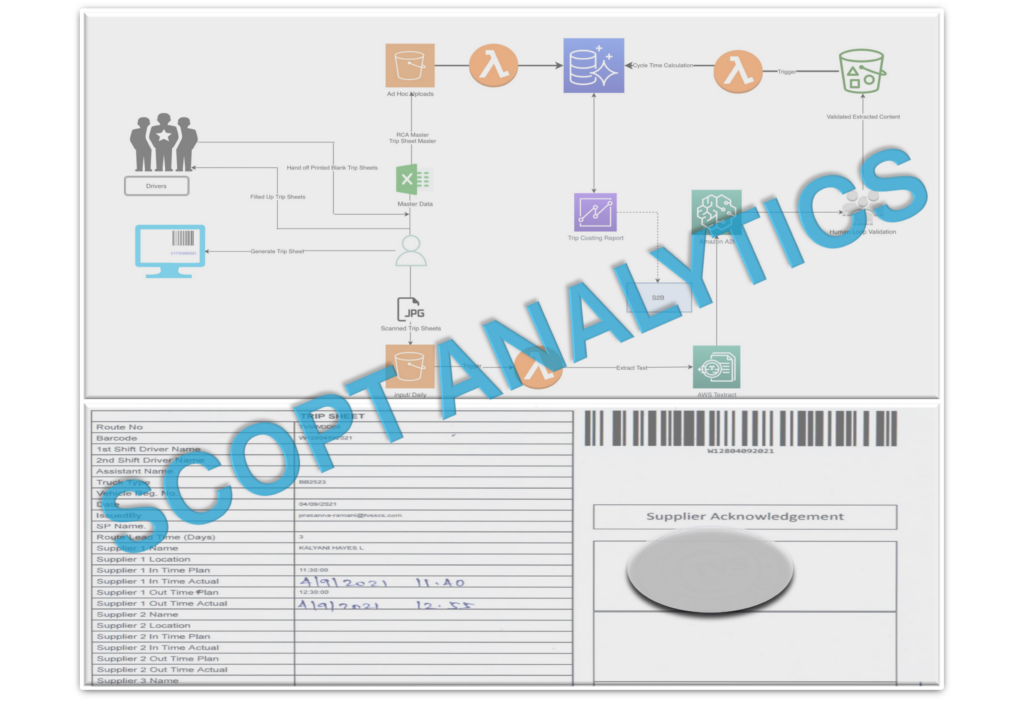
Industry: 3rd Party Logistics (3PL)
Business Challenge: A global logistics company faced inefficiencies due to a manual billing process, resulting in longer payment cycles. The lack of a standardized format for trip sheet documentation led to significant data entry work, causing delays at Cross Docks and Hubs for document processing. Additionally, reliance on a large number of FTEs for data entry and validation further impacted operational efficiency.
Solution: We standardized the ‘Trip Sheet’ format and digitized its generation, incorporating unique barcodes for simplified identification and tracking. Amazon’s Textract and A2I services were utilized to automate the extraction of key trip-related data from manual entries, streamlining the billing process. Additionally, we implemented an automated data reconciliation mechanism to detect orphaned trip sheets (without TMS references), enabling easy deletion and preventing redundant data overprocessing.
Business Results: Standardizing the trip sheet format improved the billing process and reduced cycle time by nearly 50%. Automation and digitization of data capture minimized human errors, significantly cutting invoicing errors and manual review time. The solution also reduced excessive FTE costs by streamlining processes.
India
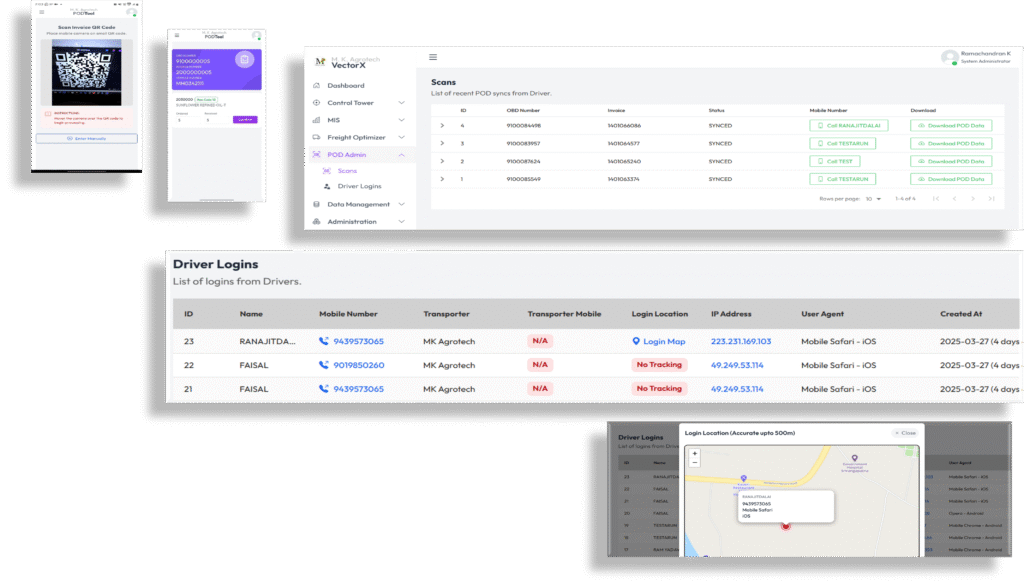
Industry: FMCG
Business Challenge: An Indian FMCG company handled Proof of Delivery (POD) documents manually, causing significant processing delays and errors.
Solution: We developed a multi-lingual mobile application to capture and process PODs electronically. At the time of delivery, drivers can scan QR code on the physical invoice document to fetch details of line items in the shipment, capture delivered quantities and discrepancies (if any). In addition, drivers can scan and upload images of the physically signed documents using the app. Logistics administrators can track, validate and submit POD documents to finance for accounts receivable process.
Business Results: Manual POD reconciliation is replaced by real-time electronic synchronization, freeing up FTE hours and accelerating accounts receivables.
India
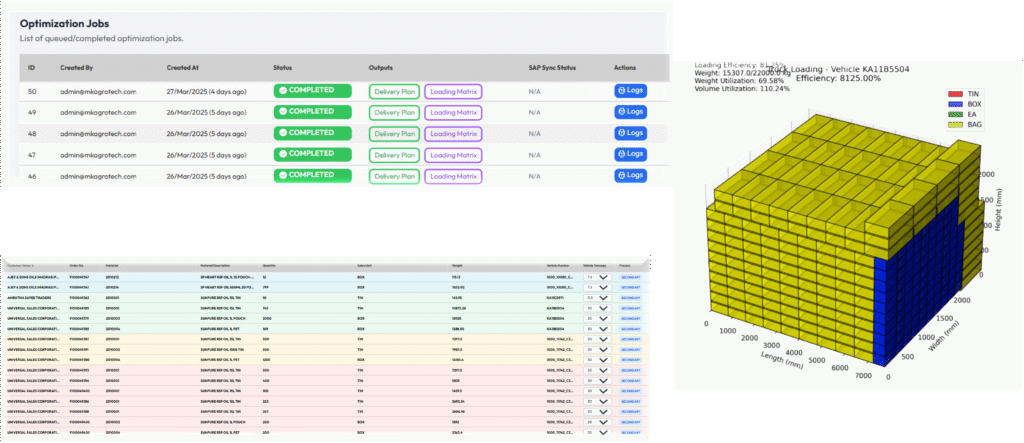
Industry: FMCG
Business Challenge: An Indian FMCG company faced significant challenges for outbound delivery logistics planning. Indents were planned for shipment basis tonnage of trucks, and not optimized for volume. Routes were planned sub-optimally & manually. Unpicked loads due to inefficient planning and sub-optimal truck selection. Cases of re-planning at loading bay. Route clustering absent, forcing operations to combine primary and secondary loads
Solution: We developed a Load and Route Planning Tool for outbound deliveries from Plants to Depots & from Depots to Distributors. Optimized routes using dynamic clustering rules, without violating GST and operational norms. Selection of right and best fit truck type basis feasibility and availability of trucks as per stated requirements. Simulated container loading with high confidence, basis stacking and stability constraints. Enabled integration with SAP for manifest generation.
Business Results: Optimized routes and minimized number of trips by effective use of dynamic milk-run clusters. Automation of manual indent clubbing process saving crucial FTE hours. Improved capacity utilization of vehicles, complemented with load simulation. Enabled On-Time-in-Full for delivery efficiency by minimizing unpicked loads.
India
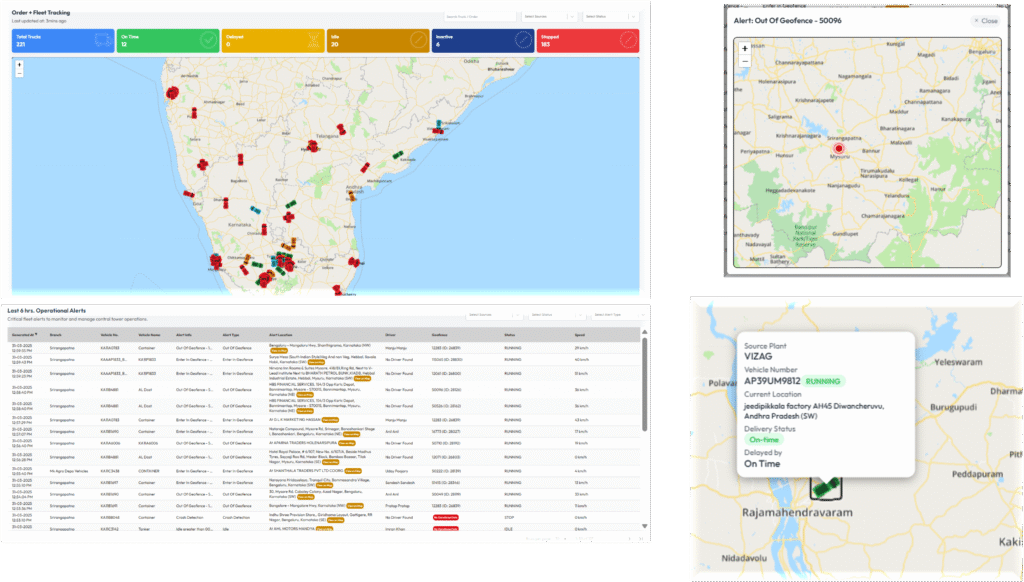
Industry: FMCG
Business Challenge: No centralized capability for tracking in-transit orders. Orders to fleet mapping was not maintained. VTS (Vehicle Tracking System) was used to track fleet. Logistics team were making calls to drivers to track status of orders and shipment ETAs. Lack of mechanism for raising delivery discrepancy alerts and actionable tasks for swift resolution.
Solution: Engaged with business and IT stakeholders to understand the different sources of data and strategized on building control tower using scalable micro-services and APIs. Integrated weighment data captured at dispatch from SAP to synchronize orders data with truck’s GPS data coming from 3rd party VTS. Vehicle tracking and auto-SLA computation enabled based on real-time speed and geo-fence data. Aligned with business on escalation matrix and enabled alerts notifications. Alerts are further used to generate tasks for exceptions like delays, speeding and geo-fence violations during deliveries.
Business Results: Real-time visibility and insights into key vehicle metrics and delivery efficiency. Identified and resolved issues proactively and swiftly, streamlining task management for efficient handling of exceptions. Utilized live map views and route tracking to optimize operations, leading to better communication, decision-making and resource allocation.
